What does storytelling have to do with preventing challenging behavior? I'm so glad you asked. Let me share some related thoughts (and a celebration I want to tell you about!) and then answer that question.
Do you have favorite stories? A book? A film?
Something funny that happened when you and your family were on vacation and it still cracks you up?
Something your kid did when they were two that was terrifying at the time but you find now you can appreciate it and people are always entertained when you share?
Or maybe its something you did as a kid – something you got away with, playing Charlie’s Angels (oops sorry that’s me – oversharing and dating myself!)
Or maybe you have some not so happy stories that have shaped you but are important narratives you share with yourself or others – when you learned that your parents were getting divorced, kids picking on you in the playground or other upsetting or maybe even traumatic events, but ones that defined you in some way and that you find you share when you are making a new connection with someone.
Today I received news that my article on using storytelling in early childhood classrooms came out in Storytelling, Self and Society.
It wasn’t until my late 20s that I realized how much storytelling had always been a part of my life. Like many cultures the Irish like to tell their stories. My mom and dad both had stories of their childhood years that they told me over and over. I would request them. My mom really looked up to her childhood friend who I called my Aunt Margie and I guess Aunt Margie was a bit more daring than my mom so my mom had stories of Aunt Margie galore – pretending to faint at a movie theater and doing other vaguely rebellious things! I relished the stories of Wild Aunt Margie and her sidekick, my mom.
When I reflect on these and other stories from my childhood I realize there were several things that captivated me. My parents told stories that were interesting and engaging to them so when they told them they naturally did so in an engaging manner. While I often listened, quietly captivated, there were also moments where I would chime in, showing that I remembered a particular part of the story, especially if it was told a little bit differently than last time. My parents would acknowledge these additions and repeat them as they continued. They never poo poo’ed my ideas or told me we were up to that part in a dismissive way.
Because I grew up in this environment I naturally became a storyteller myself – in and out of the classroom. Although honestly I didn’t realize that I was a storyteller or use that word until much later.
What about you? Are you a storyteller? Think of yourself at a social event…family event…with your children…waiting for a staff meeting to begin. Talking to someone online at the grocery store. As you settle in for a meeting do you find yourself sharing a funny thing that just happened when you ran out to 7-11 on your break? Do you tell “stories” of your day when you get home to your partner or spouse or roommate or family at the end of the day? If you are a classroom teacher I KNOW you have stories about the kids you work with that you share with friends or family.
You may not realize it (or you may) but you are probably telling stories all the time! Some may just be 15 seconds long.
My question is: are you capitalizing on your storytelling abilities (whether these skills are strong or emerging?) in the classroom?
My other question, which I will address at the end here is:
do you think storytelling could help with challenging behavior?
Most early childhood teachers (hopefully!) read stories several times a day (at least once?) but what about oral storytelling? That’s when you tell a story from your mind (and heart!) after “putting the book down”. It could be your best effort to memorize and paraphrase an easy and repetitive book like The Very Hungry Caterpillar (hence the phrase “putting the book down”) or it could be a story you made up! Or, even a story from your own life. While sharing Aunt Margie Pretends to Faint may not be preschool appropriate I used to tell children in my class the story of my first day of preschool. True story. Told to me by my mom. My mom sent me on the bus to the first day of preschool (yes, a little yellow school bus came to get me) with my “baba” (bottle of milk) in my school bag. The bab was included at my insistence. My mom told me, “you take out the baba when all the other kids take out theirs”. Ok. At every transition I looked to see if the bottles were coming out. Much to my dismay again and again I saw no baba’s! This is the condensed version but I reportedly came home handed my mom the school bag and said, “no more baba’s” after discovering that baba’s were not a part of preschool. I guess there’s a tinge of sadness in this story but its also sort of hilarious and the kids in my class loved it year after year. Not to mention: go smart mom with how to deal with that dilemma!
So if you are not doing it already I urge you to consider how you might bring some oral storytelling into your classroom!
For directors and other administrators: how might you might inspire your staff to do so?
Honestly, a lot of how I learned to do this was from other teachers I worked with. We would tell stories of Booga Booga, an imaginary monster, when we had fire drills that went on too long – Booga Booga to the rescue. I told the First Day of Preschool – Baba story over lunch. I learned from my coworkers (or maybe did it naturally a bit?) to let the kids fill in the blanks. Just like so many of us do instinctually with repetitive books like Brown Bear. I found that over time kids would help me tell both the Booga Booga and Baba stories, sometimes offering additions to them by saying curiously, “What about bathroom time? Did they take the baba’s out then?” I had never thought to include bathroom time in the story, but sure, why not?
In 2009 I met Helen Wheelock from the Creative Arts Team (CAT) in New York and my understanding of all this went up a giant notch! To be fair I did my dissertation on another NY storytelling program where I had already had a bunch of aha moments about why storytelling is so powerful in early childhood!
I learned from Helen the power of making oral storytelling interactive:
Inviting the children to repeat those phrases very intentionally in order to really engage them. And, inviting them to copy motions related to the words in the story.
It’s so interesting – some children repeat words, some copy motions, some do both, and some do neither. Some don’t copy motions or repeat words at first but over time look like they are in an exercise class after a month or two – copying every arm movement and face and calling out every time they are prompted to!
I watched Helen again and again as she showed teachers how to do this in their own classrooms, with their own kids. One part that warmed my heart each and every day I did this work with her was how incredible strength-based she was. She built on both teachers and children’s strengths – and interests – every moment of the day, and all of us grew and learned from the experience.
So TODAY my report on that work was published in Storytelling, Self and Society! I’m over the moon excited about it because I think all early childhood teachers and the children they teach could benefit from integrating even 1/8th of what she teaches! (For some reason the journal website says it’s the 2015 edition but I swear I received the email this morning that it was published.)
Interested? You can get a preview here.
It’s $9 if you want to download the whole thing on the Storytelling, Self and Society journal’s website. No pressure! If you read this far and what I am saying is resonating with you mind find it to be worth it. Short of you getting yourself to NY for some training with Helen it’s the best way I know of to share this great work with you. I think it could help you if you want to start thinking about how you can better engage children at circle time during any wild summers you might be having or in those first days of school in August or September.
How is this related to preventing – and transforming – challenging behavior?
Try it and you’ll see. You may need to do it a few times before you see the results because sometimes when you change things up the kids get a little thrown off or amped up at first but let me tell you this WORKS. You will see much greater engagement at story time (even if you keep the book in your hands and don’t feel ready to make the leap to telling a story from memory) when you ask the kids to copy your motions and repeat words. Helen has some key phrases she teaches like “let’s all say that” and “let’s all do that” and if you read the stories of the storytelling in the journal article I think you will immediately have some ideas about how to try it in your setting (if you don’t already).
Stories are magic. As happened with my mom’s dramatic rendition of her Wild Aunt Margie stories they capture our attention and engage us, especially when we participate in some way. Make sure you are making great use of this in your classroom or program! If a dramatic telling of a highly interactive story doesn’t get the kids that challenge you to focus during circle time I don’t know what will.
(Just kidding – I have a ton of other strategies to suggest but that seemed like a really good ending, right? And, seriously I’ve seen the interactive storytelling strategies work to better engage children, thereby prevent challenging behavior over and over again).
Don't forget to register for my webinar on Transforming Challenging Behavior on August 24, 2017 2:00 p.m. EST/11:00 a.m. PST Early Childhood Investigations Webinar (I'm going to share a few of the storytelling strategies). It's free!


